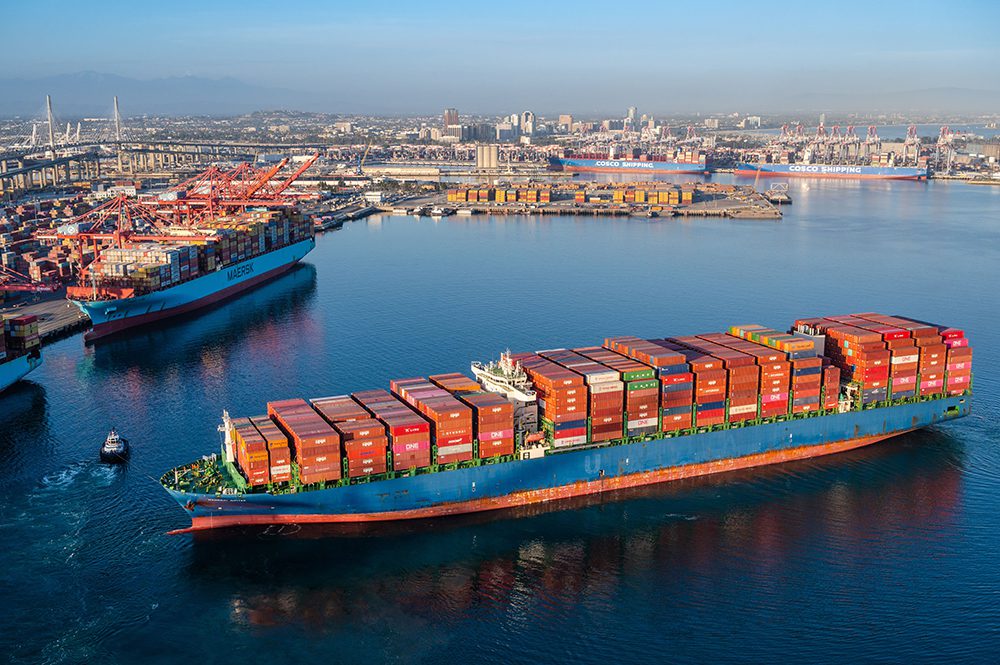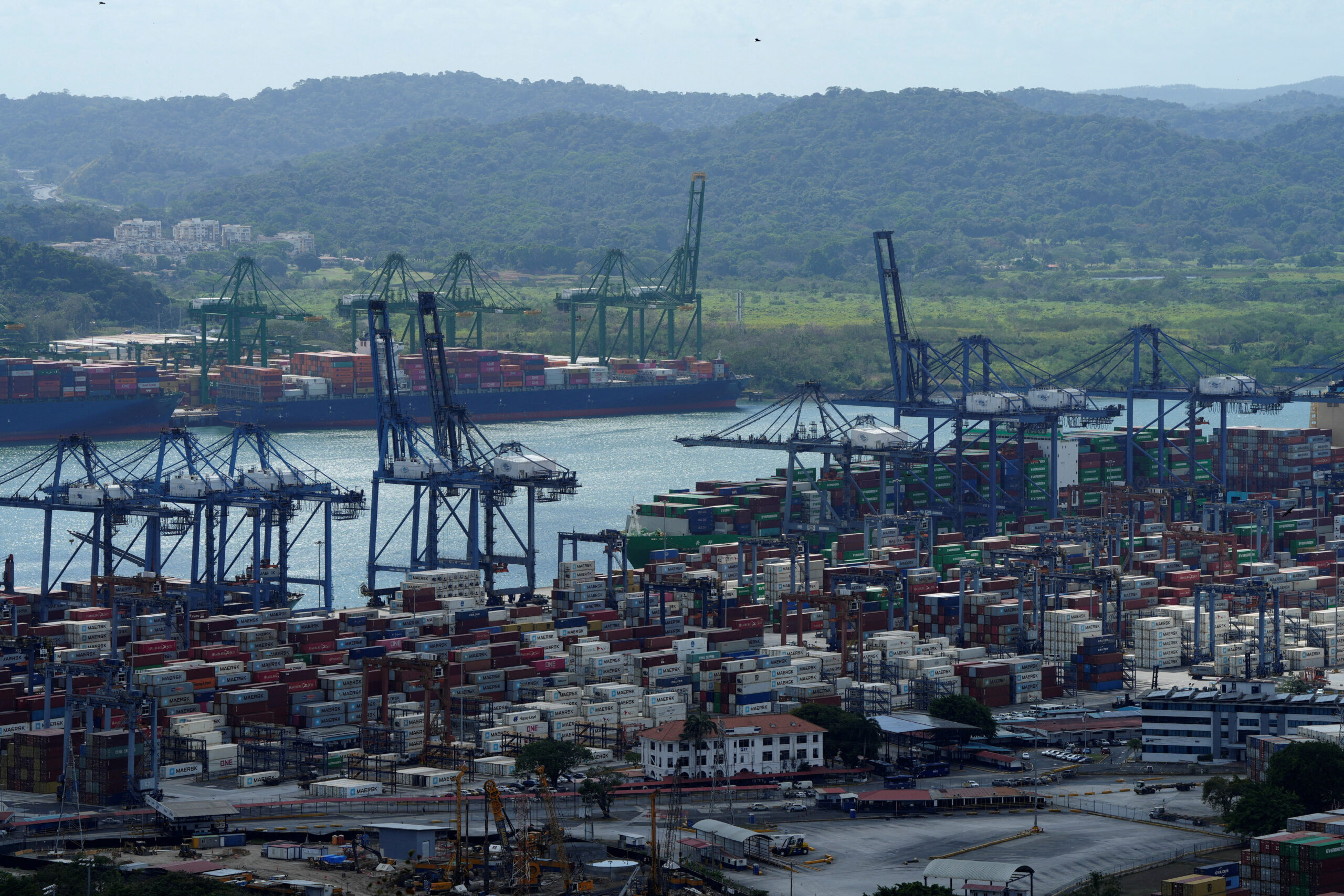Cargo container traffic slowed at the Port of Long Beach in April as consumers continued to limit purchases and shippers shuffled trade from the West Coast to seaports on the East and Gulf coasts.
Dockworkers and terminal operators moved 656,049 TEUs last month, down 20.1% from April 2022, which was the port’s busiest April on record. Looking at consecutive months, overall cargo volumes gained 8.6% from March with imports up 12% month over month.
April’s imports declined 21.8% to 313,444 TEUs, while exports increased a narrow 0.6% to 122,663 TEUs. Empty containers moving through the Port decreased 26.2% to 219,943 TEUs.
“The unprecedented consumer demand we saw at the height of COVID-19 has diminished and cargo flows are now closer to pre-pandemic levels,” said Port of Long Beach Executive Director Mario Cordero. “We expect slow growth in the second half of 2023, as retailers continue to clear surplus inventory from their warehouses.”
This week the National Retail Federation reported that U.S. ports are seeing a rise in import cargo volume after a near three-year low in February, but forecasted that import volumes will remain well below last year’s levels. It also revised down its forecast for the first half of the year to 10.4 million TEUs imported nationwide, from 10.8 million TEUs previously.
“Our facilities, dockworkers, marine terminal operators and staff continue to make this the premier gateway for trans-Pacific goods movement,” said Long Beach Harbor Commission President Sharon L. Weissman. “So we do expect cargo volumes to rebound eventually as shippers seek out the top-notch customer service of the Port of Choice.”
So far this year the Port of Long Beach has moved 2,377,375 TEUs during the first four months of 2023, down 27.5% from the same period in 2022.

 Join The Club
Join The Club











